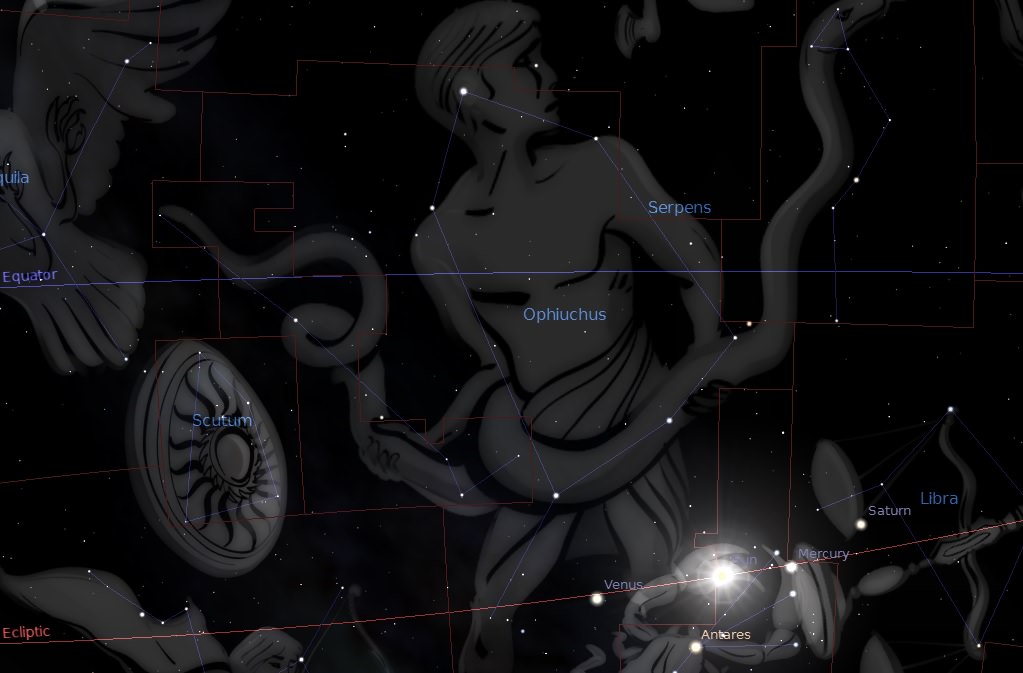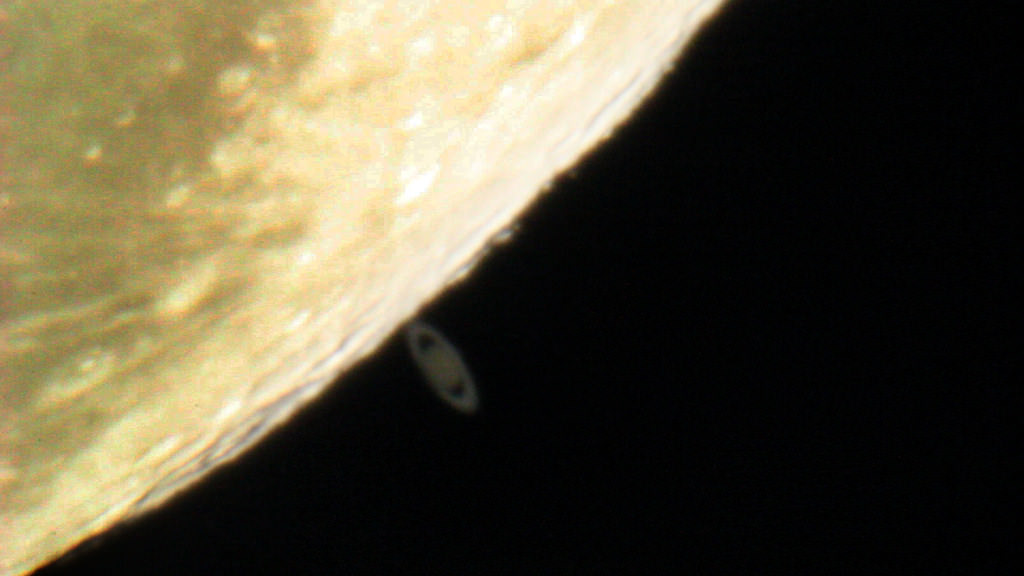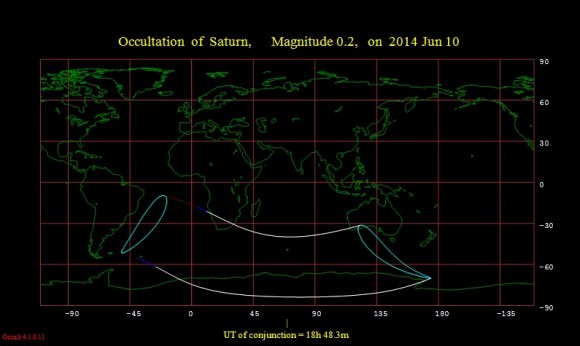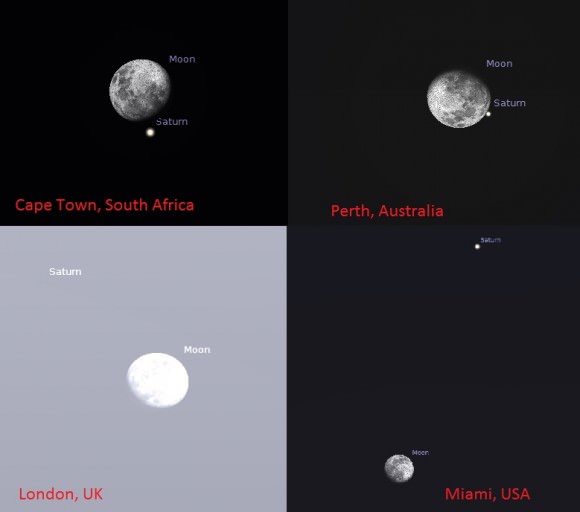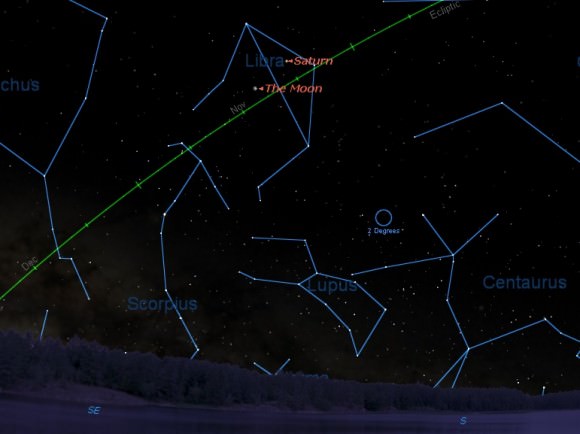It happens to all lovers of astronomy sooner or later.
I once had a friend who was excited about an upcoming conjunction of Saturn and Venus. They were passing closer than the apparent diameter of the Full Moon in the dawn sky, and you could fit ‘em both in the same telescopic field of view. I invited said friend to stop by at 5 AM the next morning to check this out. I was excited to see this conjunction as well, but not for the same reasons.
Said friend was into astrology, and I’m sure that the conjunction held a deep significance in their world view. Sure, I could have easily told them that ‘astrology is bunk,’ and the skies care not for our terrestrial woes… or I could carefully help guide this ‘at risk friend’ towards the true wonders of the cosmos if they were willing to listen.
We bring this up because this weekend, the Sun enters the constellation Ophiuchus, one of 13 modern constellations that it can appear in from our Earthly vantage point.
If you’re born from November 30th to December 18th, you could consider yourself an “Ophiuchian,” or being born under the sign of Ophiuchus the Serpent Bearer. But I’ll leave it up to you to decide what they might be like.

You might remember how the “controversy” of the 13th sign made its news rounds a few years back. Hey, it was cool to at least see an obscure and hard to pronounce constellation trending on Twitter. Of course, this wasn’t news to space enthusiasts, and to modern astronomers, a ‘house’ is merely where you live, and a ‘sign’ is what you follow to get there.
The modern 88 constellations we use were formalized by the International Astronomical Union in 1922. Like political boundaries, they’re imaginary constructs we use to organize reality. Star patterns slowly change with time due to our solar system’s motion — and that of neighboring stars —about the galactic center.
Astrologers will, of course, counter that their craft follows a tropical scheme versus a sidereal cosmology. In the tropical system, ecliptic longitude 0 starts from the equinoctial point marking the beginning of spring in the northern hemisphere, and the zodiac is demarcated by 12 ‘houses’ 30 degrees on a side.
This neatly ignores the reality of our friend, the precession of the equinoxes. The Earth’s poles do a slow wobble like a top, taking about 26,000 years to make one turn. This means that in the sidereal scheme of things, our vantage point of the Sun’s position along the zodiac against the background stars if reference to our Gregorian calendar is slowly changing: live out a 72 year lifespan, and the constellations along the zodiac with respect to the Sun will have shifted about one degree due to precession.
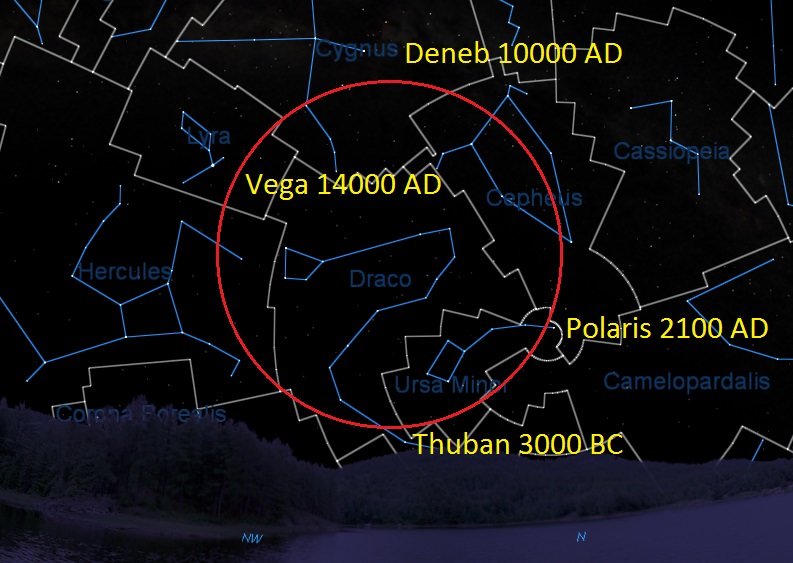
Likewise, the direction of the North and South Pole is changing as well. Though Polaris makes a good pole star now, it’ll become increasingly less so as our north rotational pole begins to pull away from it after 2100 A.D. To the ancient Egyptians, Thuban (Alpha Draconis) was the pole star.
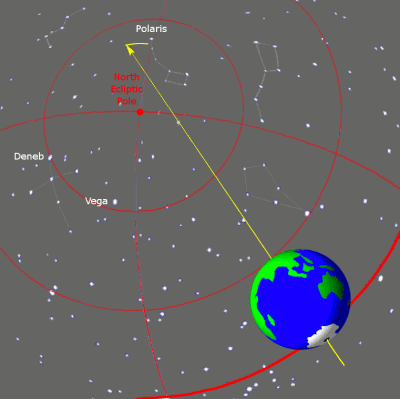
Astrology and astronomy also have an intimate and hoary history, as many astronomers up until the time of Kepler financed their astronomical studies by casting royal horoscopes. And we still use terms such as appulse, conjunction and occultation, which have roots in astrology.
But the science of astronomy has matured beyond considering whether Mercury in retrograde has any connection with earthly woes. Perhaps you feel that you’re unlucky in love and have a vast untapped potential… sure, me too. We all do, and that just speaks to the universal state of the human condition. Astrology was an early attempt by humanity to find a coherent narrative, a place in the cosmos.
But the rise of the Ophiuchians isn’t nigh. Astrology relented to astronomy because of the latter’s true predictive power. “Look here, in the sky,” said mathematician Urbain Le Verrier, “and you’ll spy a new planet tugging on Uranus,” and blam, Neptune was discovered. If the planets had any true influence on us, why didn’t astrologers manage to predict the same?
Combating woo such as astrology is never simple. In the internet era, we often find tribes of the like-minded folks polarized around electronic camp fires. For example, writing ‘astrology is woo’ for an esteemed audience of science-minded readers such as Universe Today will no doubt find a largely agreeable reception. We have on occasion, however, written the same for a general audience to a much more hostile reception. Often, it’s just a matter of being that lone but patient voice of rationalism in the woods that ultimately sinks in.

So, what’s the harm? Folks can believe whatever they want, and astrology’s no different, right? Well, the harm comes when people base life decisions on astrology. The harm comes when world leaders make critical decisions after consulting astrologers. Remember, Nancy and President Ronald Reagan conferred with astrologers for world affairs. It’s an irony of the modern age that, while writing a take down on astrology, there will likely be ads promoting astrology running right next to this very page. And while professional astronomers spend years in grad school, you can get a “PhD in Astrology” of dubious value online for a pittance. And nearly every general news site has a astrology page. Think of the space missions that could be launched if we threw as much money at exploration as we do at astrology as a society. Or perhaps astronomers should revert back to the dark side and resume casting horoscopes once again?
But to quote Spiderman, “with great power comes great responsibility,” and we promise to only use our astronomical powers for good.
What astronomers want you to know is that we’re not separate from the universe above us, and that the cosmos does indeed influence our everyday lives. And we’re not talking about finding your car keys or selling your house. We’re thinking big. The Sun energizes and drives the drama of life on Earth. The atoms that make you the unique individual that you are were forged in the hearts of stars. The ice that chills our drink may well have been delivered here via comet. And speaking of which, a comet headed our way could spell a very bad day for the Earth.
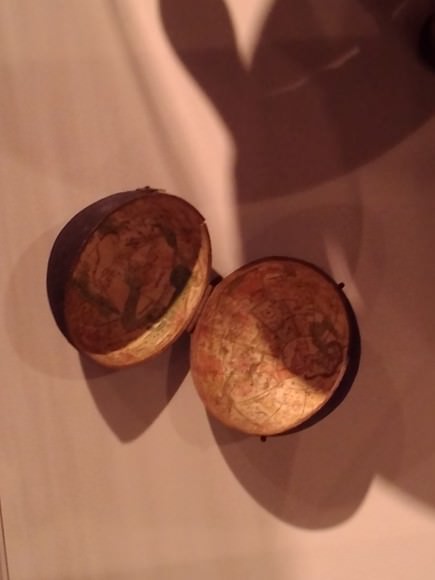
All of these are real things that astronomy tells us about our place in the cosmos, whether you’re an Ophiuchian or a Capricorn. To paraphrase Shakespeare, the heavens may (seem to) blaze forth for the death of princes, but the fault lies not in the heavens, but ourselves. Don’t forget that, as James Randi says, “you’re a member of a proud species,” one loves to look skyward, and ultimately knows when to discard fantasy for reality.

